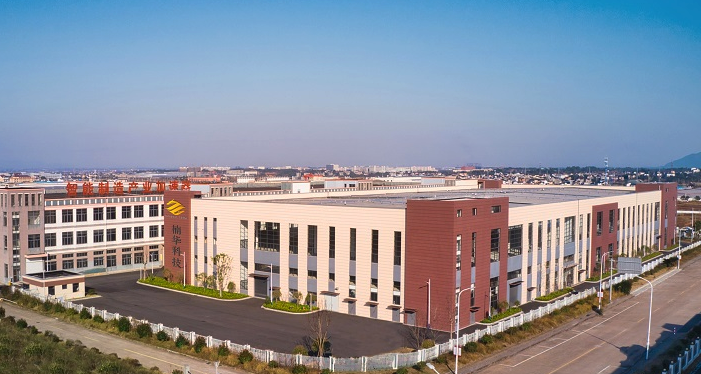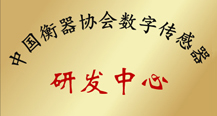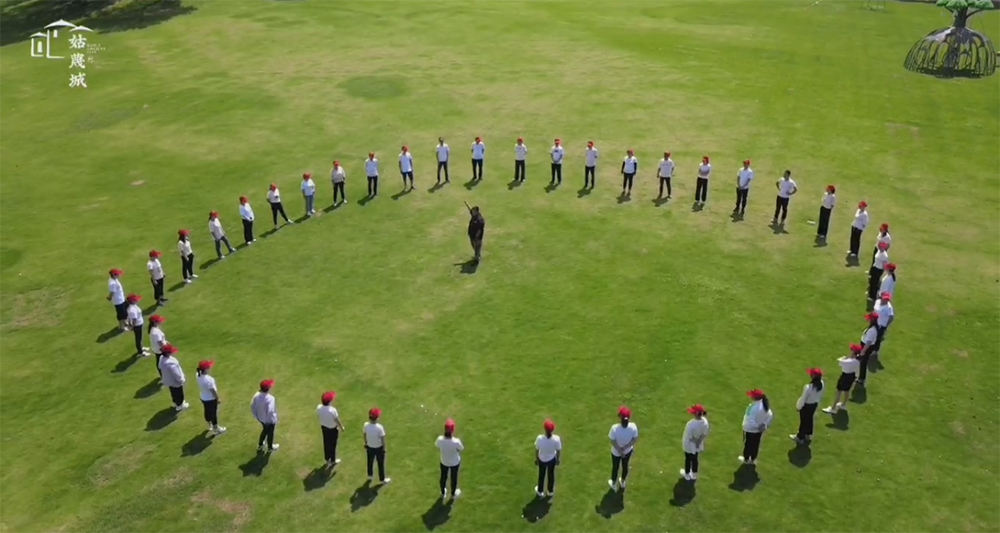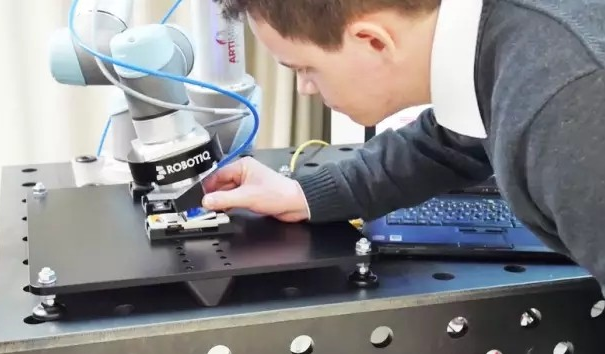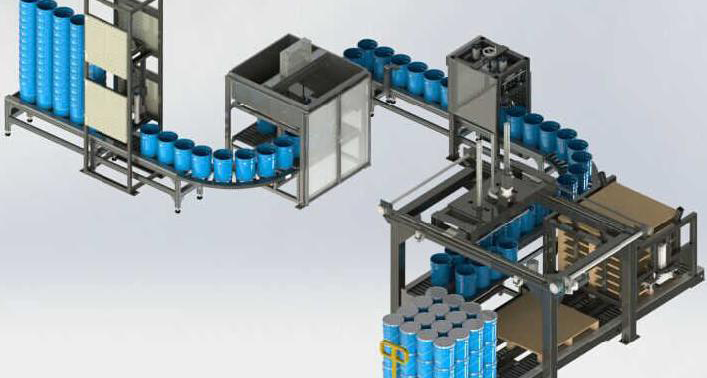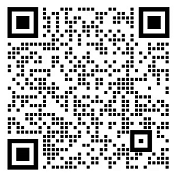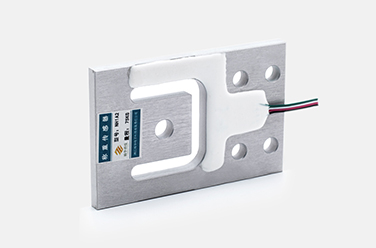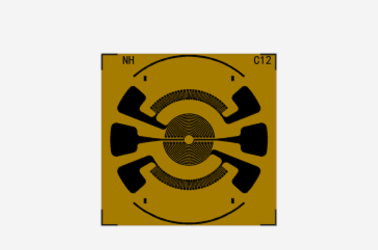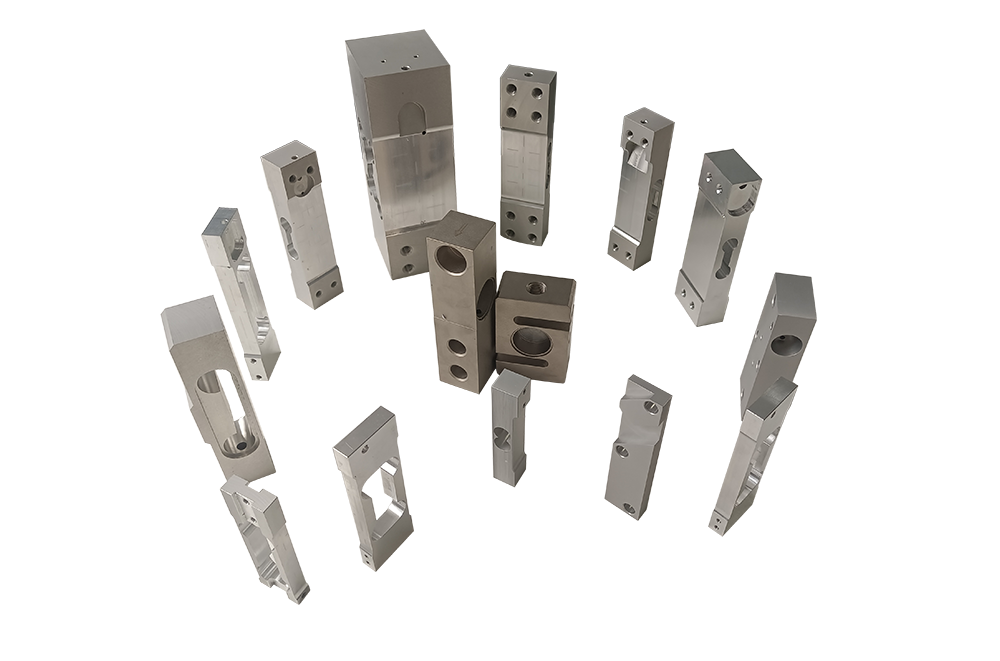1. MEMS process technology. In miniaturization, low power consumption, low cost, multi-material composite, multi-parameter integration, continuous iterative upgrades and innovations in large-scale integrated process technology and equipment, micron and sub-micron high-precision control technology, and flexible production process technology.
2. Wireless networking technology. Adapt to the promotion and application of various Internet of Things (sensor network) technologies, wireless networked sensor products and technological innovations under the industrial Internet, artificial intelligence technology, mobile intelligent terminals, and 5G technology standards. Use mobile (mobile phones, cars, ships, airplanes, etc.) or fixed objects (machine tools, buildings, shopping malls, homes, forests, etc.) as platforms and intelligent nodes for installing and applying sensors to realize embedded, multi-functional composite and integration, and modules Collaborative innovations such as chemical architecture and network interface to meet the demand for intelligent and "unmanned" management and control of all objects.
3. Micro-energy acquisition technology. In the process of indoor and outdoor use of intelligent sensor nodes, especially in the field environment, the power supply problem has always been a major obstacle to popularization and application in various fields. Around the natural world wind energy, light energy, electromagnetic energy and other micro-energy collection and acquisition, called "micro-energy capture technology", providing energy for sensors will become another direction of technological innovation in the future.
From the perspective of the development of the US sensor industry, there are several characteristics: First, work hard on common basic technologies, pay attention to the application of new technologies and new processes, and continuously improve quality. The second is to emphasize sensor networking, intelligent node technology, energy capture technology and collaborative innovation. The third is that the core technology has the shadow of government control, support, funding and promotion. Fourth, the leading and leading actions in key promotion and application areas are obvious, such as military industry, equipment manufacturing, logistics, ecological environment monitoring (forest prevention and control), mobile medical care, and smart home.
